Our Sun is a Star

The Sun is the most important star in our sky. It lies nearby and sustains us with its light and heat. Because it is so close, we can learn more about other stars just by studying its activity and properties.
More than a hundred billion stars populate the Milky Way Galaxy. Like the Sun, each one shines because nuclear reactions take place in its core. Some stars are massive, hot supergiants, while others are more like our Sun. The smallest ones–the cool dwarfs–are the most numerous members of the stellar family.
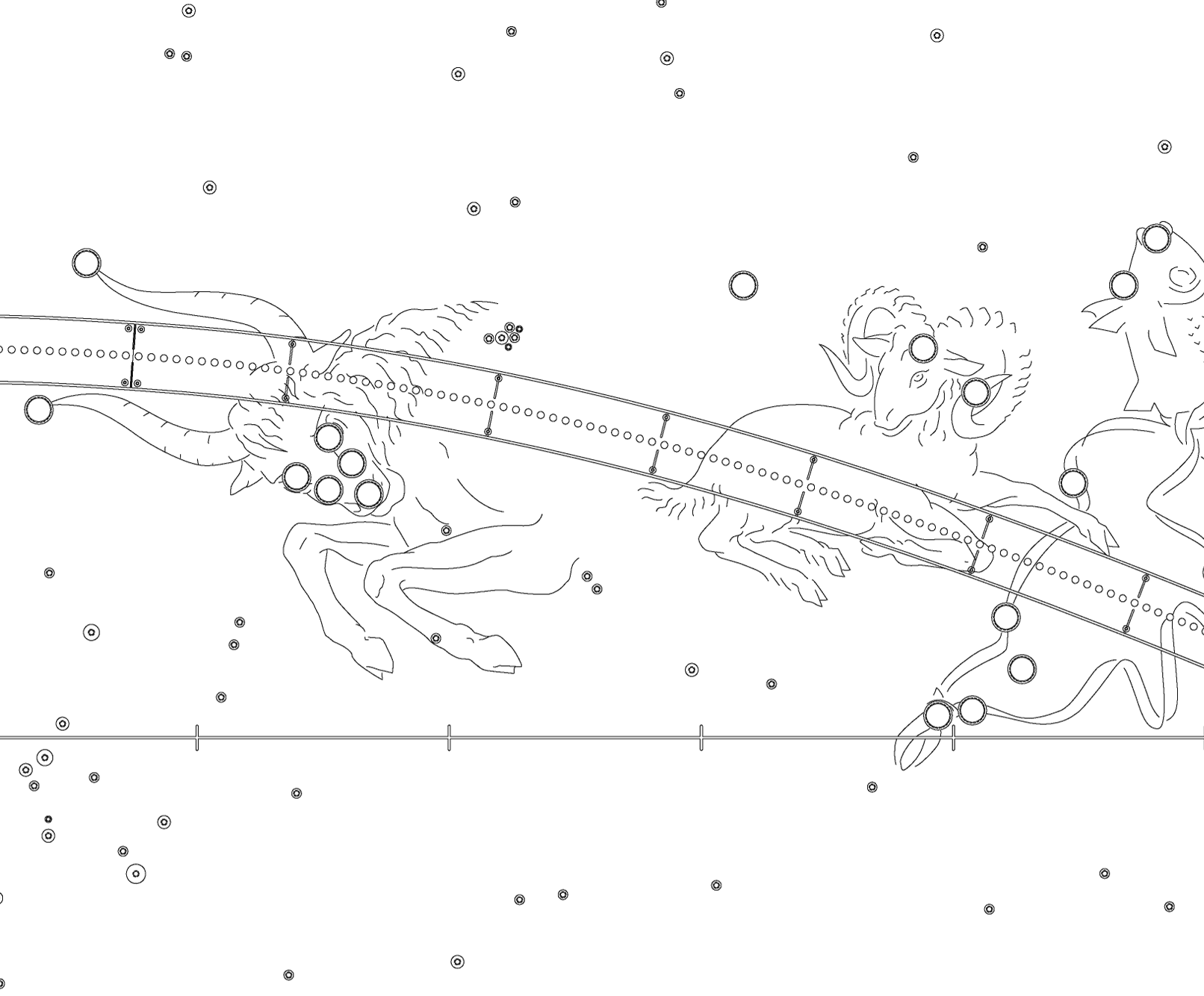
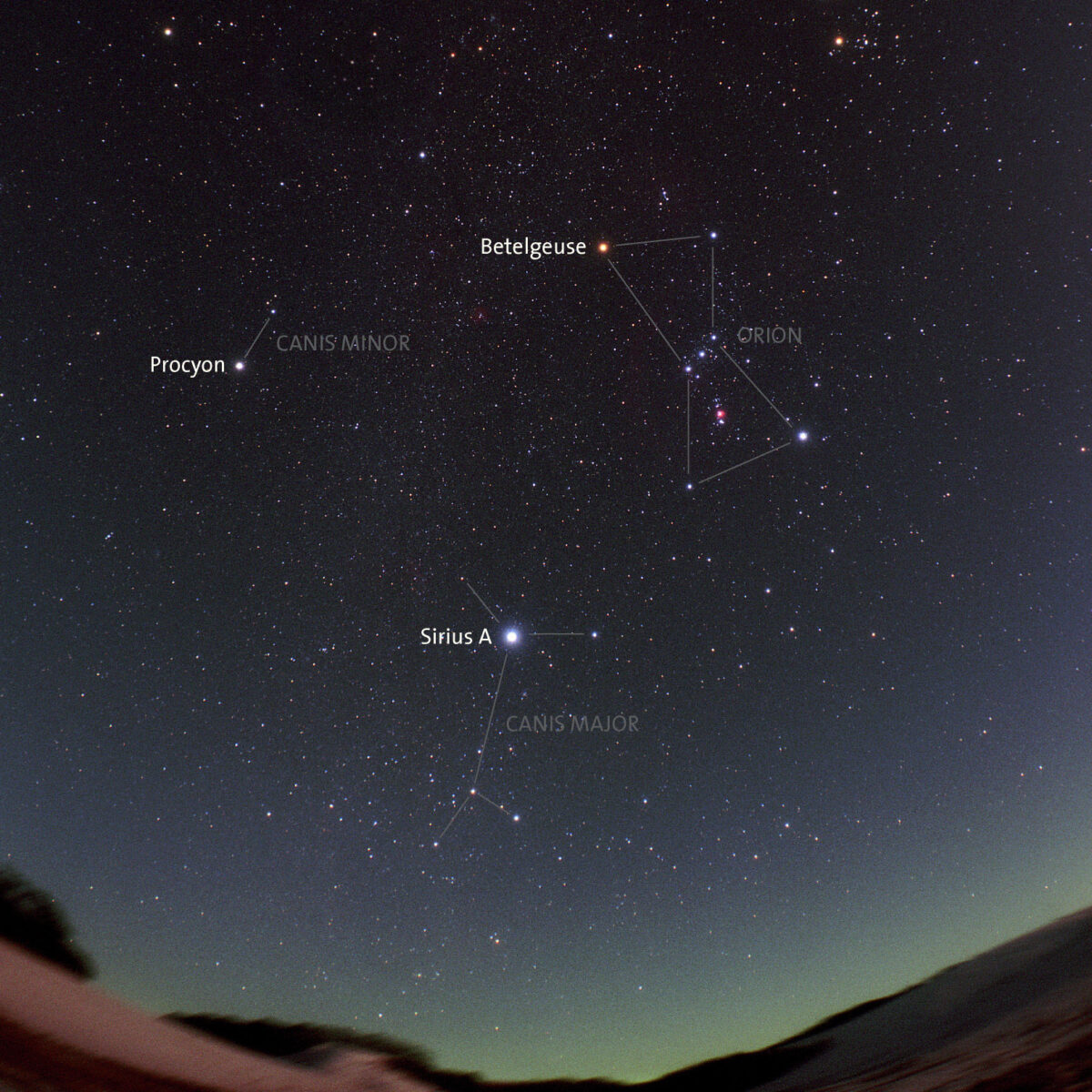
The Family of Stars
We see thousands of stars in the night sky. Each one is unique. When you look at individual stars, some look bright and close while others seem dim and distant. A few, like Betelgeuse and Sirius, are so bright that you can make out their colors.
Stars shine because they convert matter to energy and radiate it as light. If we graph them by temperature and brightness, most fall into a band called the main sequence.
Our Sun is a Star
The Sun is the nearest star to Earth. It is important because it bathes us in light, and we can study it to learn about other stars. The Sun is larger than 90 percent of the stars in our galaxy. Compared to the extreme giants and dwarfs, however, it is of medium temperature and brightness. Like all stars on the main sequence, the Sun produces energy in its core by converting hydrogen to helium.
Life Cycles of Different Stars
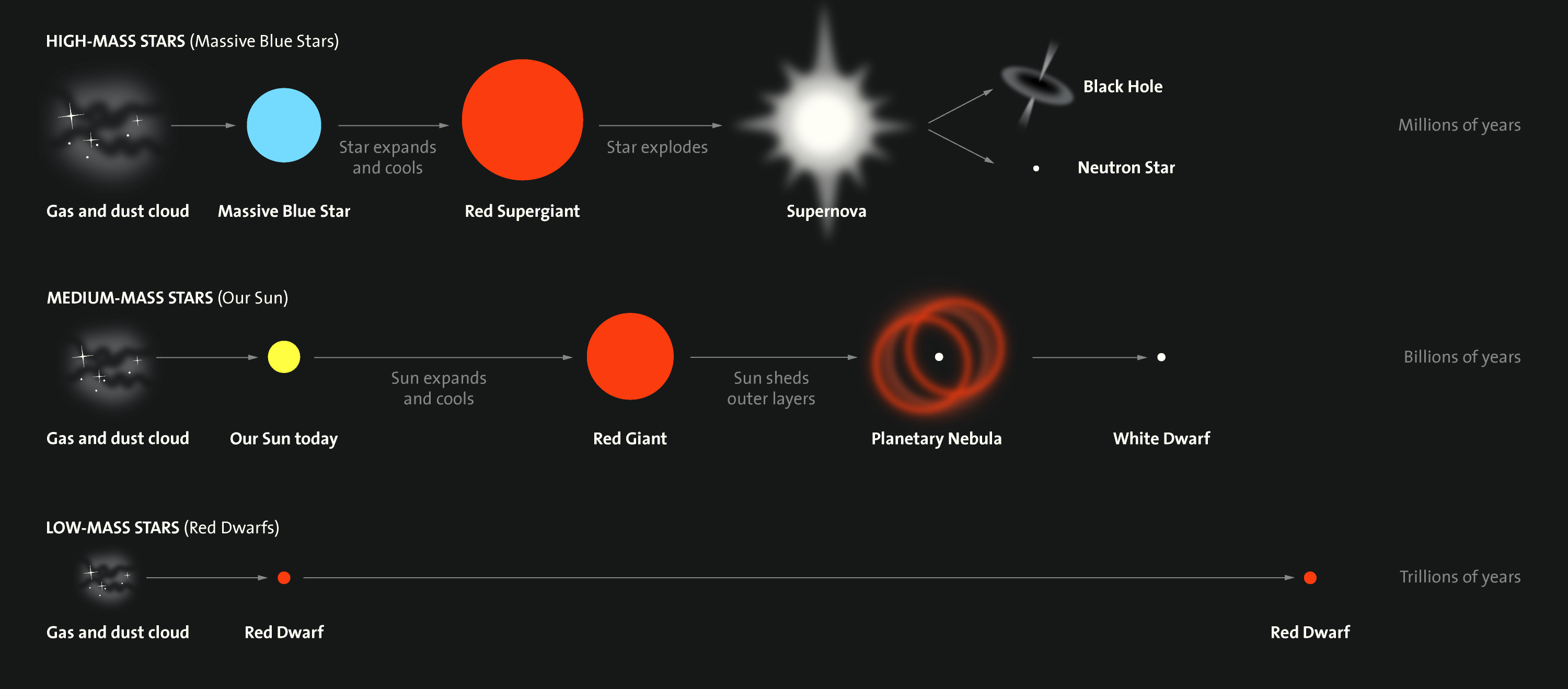
- Supergiants begin their lives as massive blue stars. They live millions of years before becoming red supergiants. They die in spectacular supernova explosions and end as black holes or neutron stars.
- Stars like the Sun live for ten billion years or so. Eventually they expand to become red giants and shed their atmospheres. Sometimes they form beautiful nebulae. Most end up as hot white dwarfs.
- Red dwarfs are the most numerous stars. Each one exists for a few trillion years, outliving other types of stars. They are the least massive, dimmest, and coolest stars and return little of their mass to space.
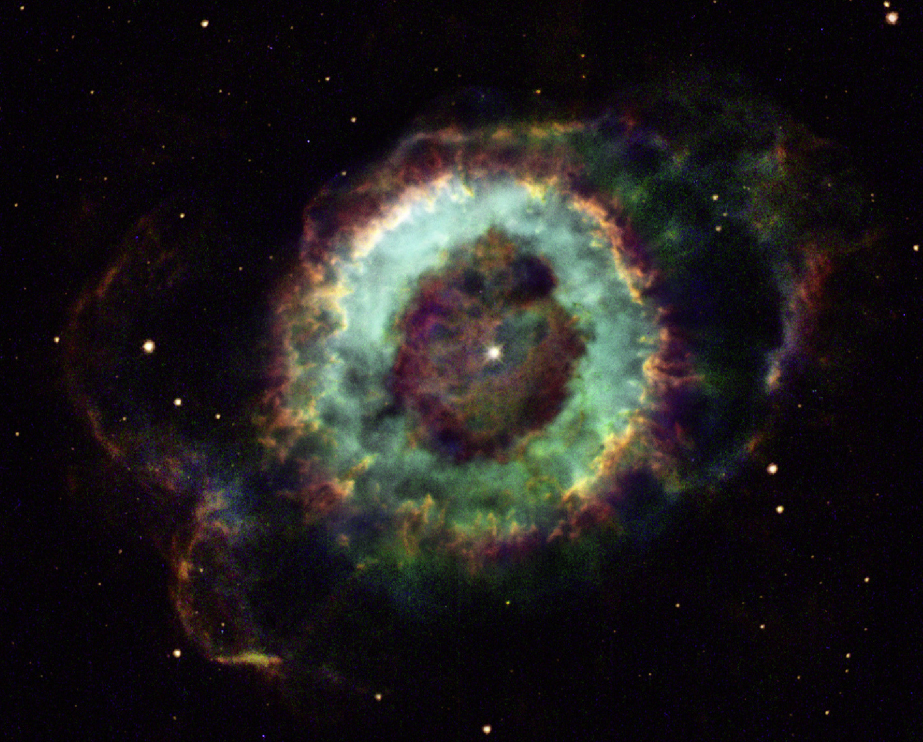
Remnants of Stars
Most stars spend their lives fusing hydrogen into atoms of helium, carbon, and oxygen. Those elements are recycled into clouds of gas and dust in the interstellar medium and become the seed material for new generations of stars and planets. Massive stars blast elements out in supernova explosions. A star like the Sun gradually sheds its outer layers to space. The Little Ghost planetary nebula (NGC 6369) was once part of a sunlike star.


